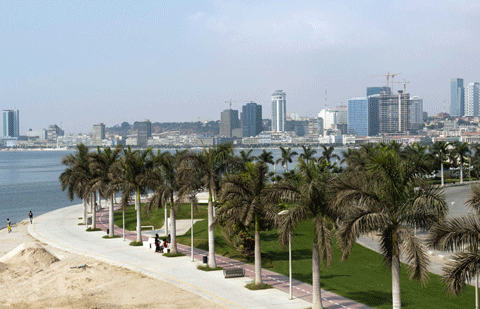PPP game loaded with meaning
By Dan Steinbock (China Daily) Updated: 2014-05-08 07:11Then, there is the issue of size. When Britain industrialized and its urbanization rate exceeded 50 percent, the size of its population was barely 30 million. The US achieved that rate in the 1910s, when its population was barely 100 million. In contrast, when China achieved a comparable rate in 2011, its population was 1.3 billion.
|
 |
 |
In other words, per capita income (PPP) in the poorest Chinese administrative regions is 25-30 percent relative to the more prosperous provinces and regions. That ratio, in turn, is comparable to one between the overall living standards in China relative to the US, the EU and Japan.
If it is misguided to compare entire economies on the basis of PPP and Chinese living standards remain a fraction of those in advanced economies, why are PPP figures used to compare economies?
First, the practice may be misguided, but is very much in self-interest. Take, for instance, climate change. In advanced economies, climate change is often defined in terms of aggregate economies, which downplays the fact that, on a per capita basis, advanced economies are causing much more pollution.
Second, misguided comparisons steer attention away from absolute and relative poverty in emerging economies. The World Bank measures international poverty by $1.25 (7.81 yuan) per day, which is not enough for a single meal in China, not to speak of housing or other expenditures.
Perhaps there is something inherently outrageous in major advanced economies to be increasingly concerned about poor countries becoming too prosperous, but not about rich countries being too wealthy-or too pricey even for their own good?
The author is research director of International Business at India China and America Institute (USA) and visiting fellow at Shanghai Institutes for International Studies (China) and the EU Center (Singapore).
- Chinese jets could be top choice for African airlines
- Chinese, Nigerian leaders vow to upgrade ties
- China ready to join Nigeria's railway projects
- Chinese developer denies closing down rumor
- China plans train to US
- Yuan depreciation not long-term: expert
- Chinese tech stocks take a beating in US
- Claim of China's economic supremacy greeted with doubt
















